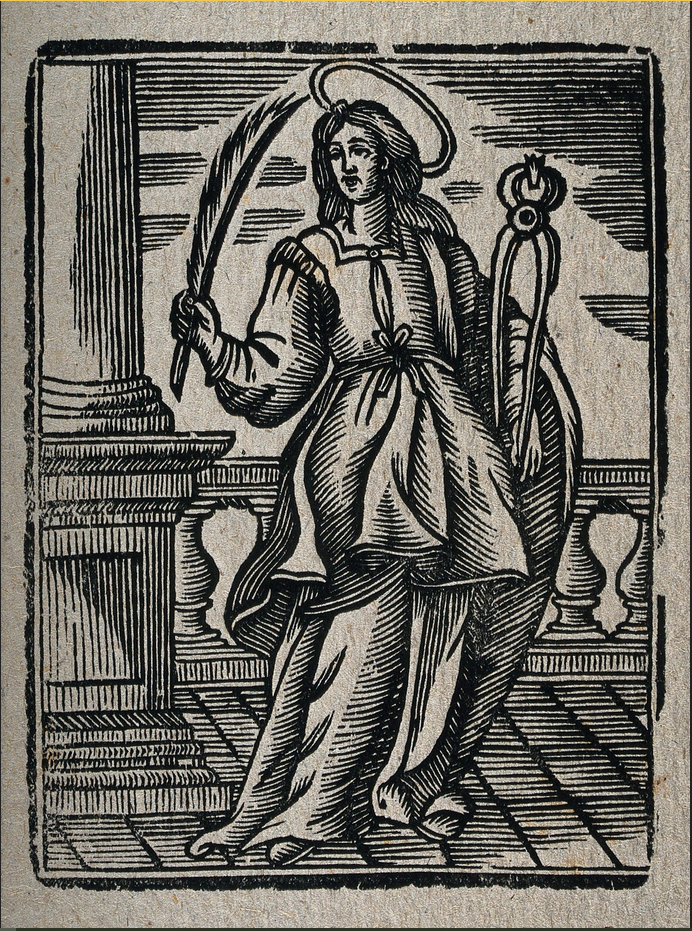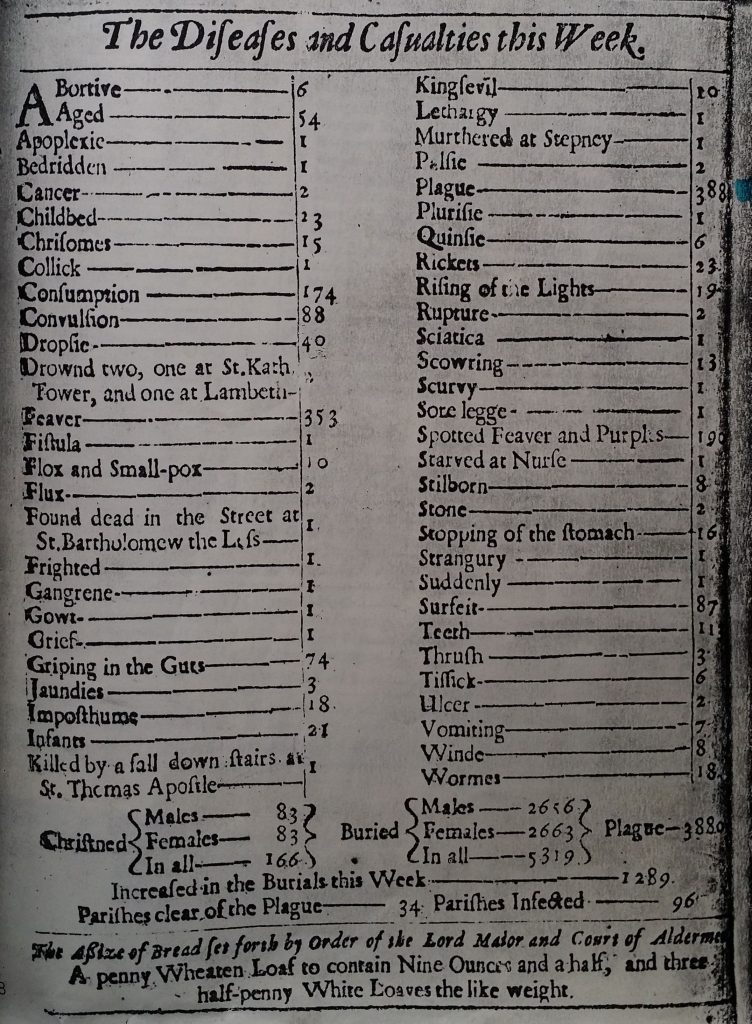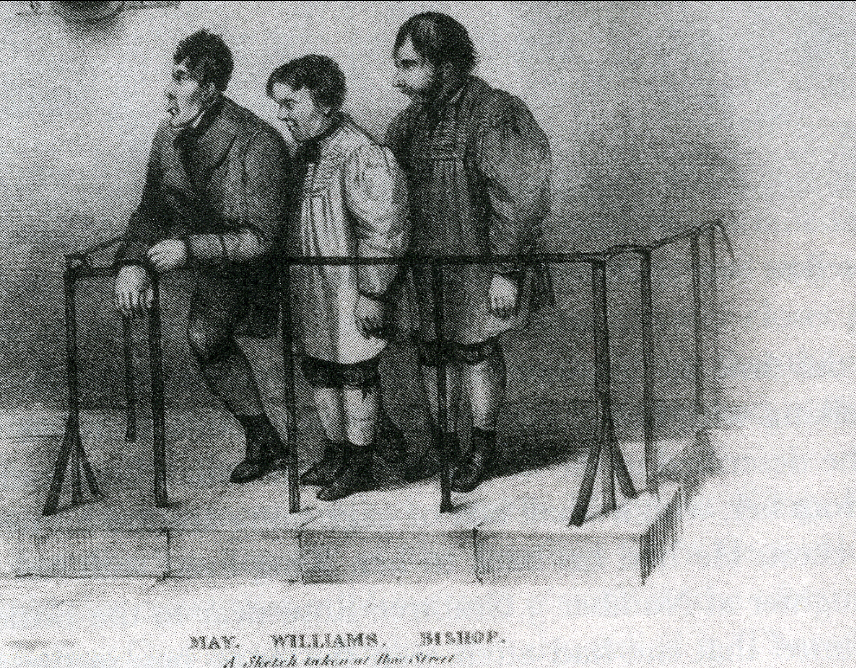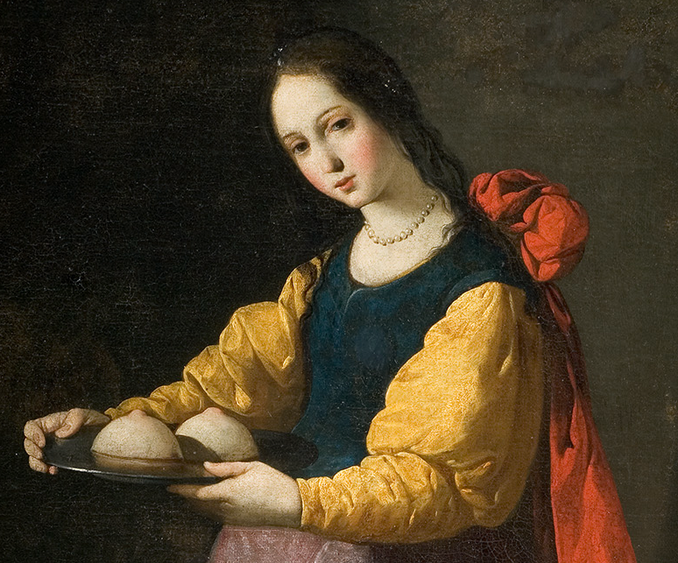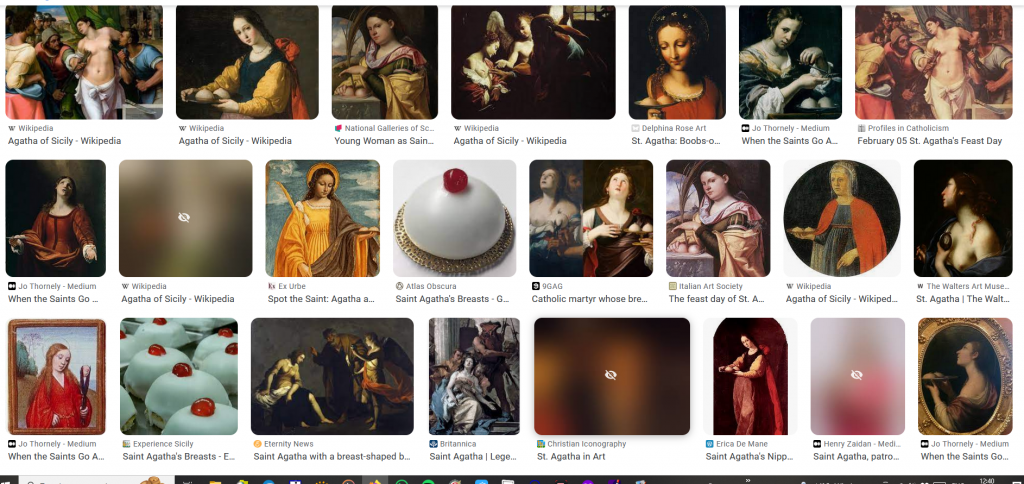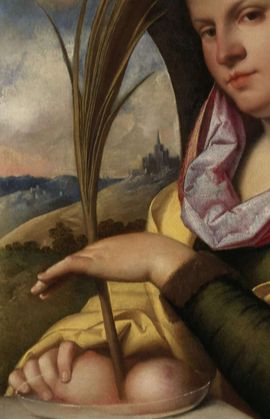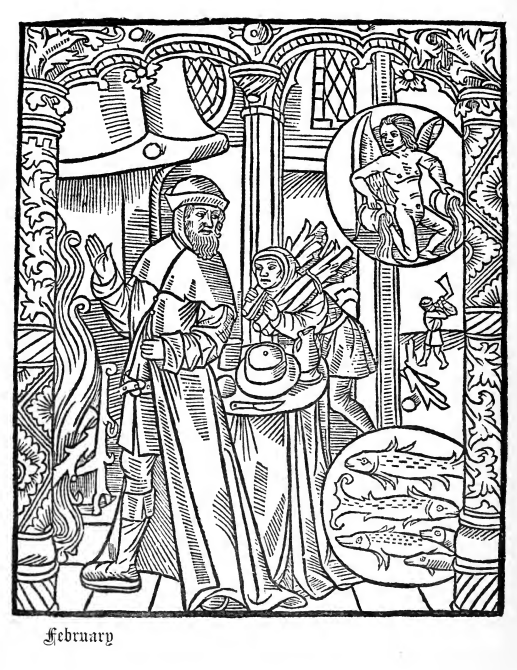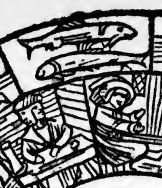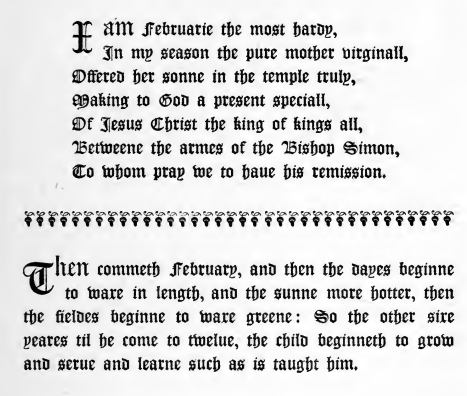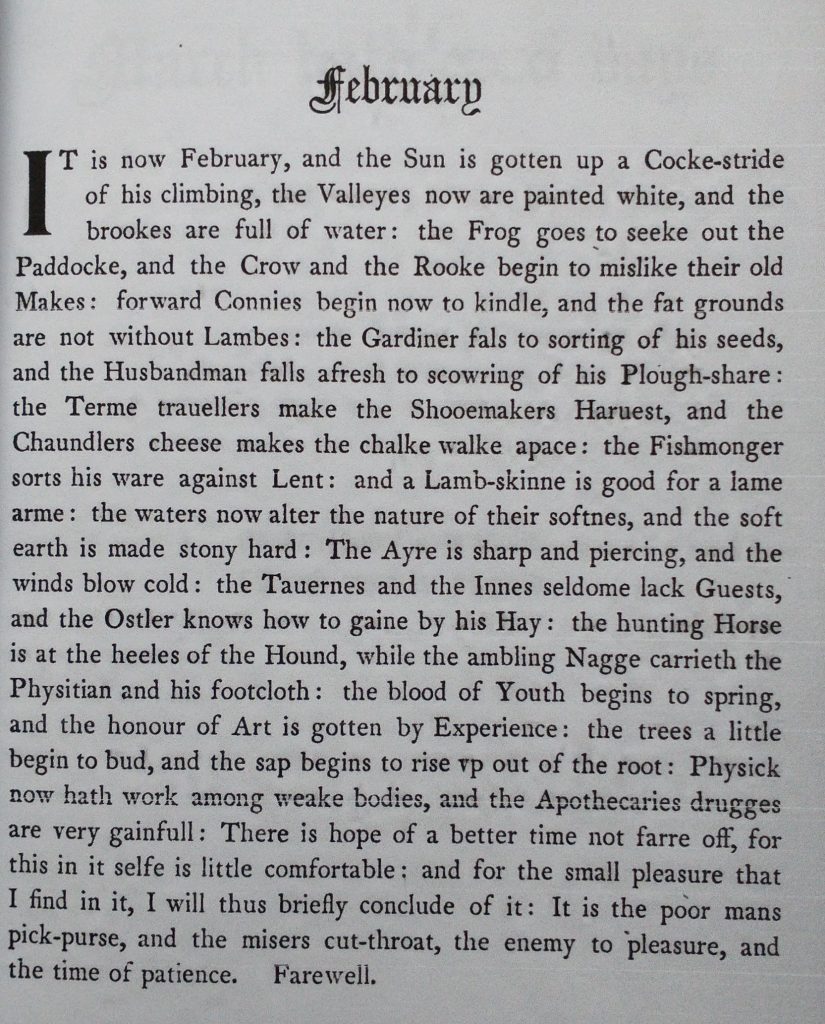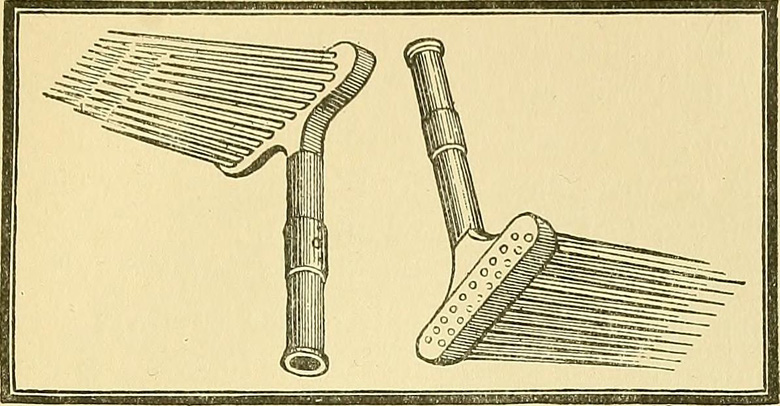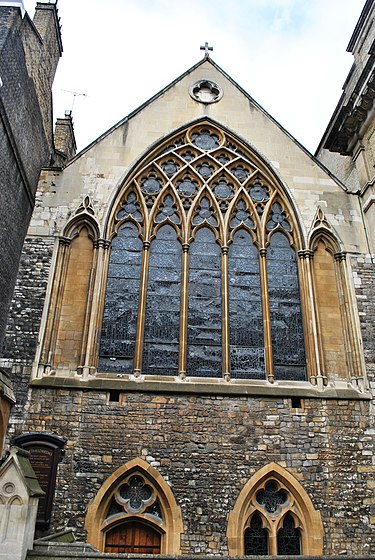
Ovid’s Metamorphoses tells the story of Crocus and Smilax This poem is one of the most famous in the world, written in about 6 AD. It influenced Dante, Bocaccio, Chaucer, Shakespeare, Keats, Bernard Shaw, and me. It was translated anew by Seamus Hughes.
The mechanicals in ‘The Midsummers Night Dream’ perform Ovid’s story of Pyramus and Thisbe, Titian painted Diana and Actaeon. Shaw wrote about Pygmalion, and we all know the story of Arachne. Claiming to be better than Athene at weaving and then being turned into a spider.
The poem is about love, beauty, change, arrogance and is largely an Arcadian/rural poem. This is a contrast to Ovid’s ‘Art of Love’ which I use for illustrations of life in a Roman town. The stories are all about metamorphoses, mostly changes happening because of love. But it is also an epic as it tells the classical story of the universe from creation to Julius Caesar.
Ovid’s Metamorphoses and the Crocus
Ovid tells us ‘Crocus and his beloved Smilax were changed into tiny flowers.’ But he chooses to give us no more details. So we have to look elsewhere. There are various versions. In the first, Crocus is a handsome mortal youth, beloved of the God Hermes (Mercury). They are playing with a discus which hits Crocus on the head and kills him. Hermes, distraught, turns the youth into a beautiful flower. Three drops of his blood form the stigma of the flower. In another, love hits Crocus and the nymph Smilax, and they are rewarded by immortality as a flower. One tale has Smilax turned into the Bindweed.

Ovid’s Metamorphoses and Bindweed
It turns out that Smilax means ‘bindweed’ in Latin. Bindweed is from the Convolvulus family, and I have grown one very successfully in a pot for many years. But they have long roots. According to the RHS ‘Bindweed‘ refers to two similar trumpet-flowered weeds. Both of which twine around other plant stems, smothering them in the process. They are difficult to remove.’ This, could suggest that Smilax is either punished for spurning Crocus, or that she smothered him with love. Medically, Mrs Grieve’s Modern Herbal says all the bindweeds have strong purgative virtues, perhaps another insight into her pyschology?
The Metamorphosis of Data and the correct use of the plural
Apparently, in the UK some say crocuses and others use the correct Latin plural, croci. On an earlier version of this post I used the incorrect plural crocii.
On the subject of Roman plurals, an earth-shattering decision was made by the Financial Times editorial department. Last year they updated their style guide to make the plural word data (datum is the singular form) metamorphise into the singular form.
So it is now wrong to say ‘data are’ but right to say ‘data is’. For example, it was correct to say: ‘the data are showing us that 63% of British speakers use crocuses as the plural’ but now, it is better to write ‘the data is showing us that 37% of British people prefer the correct Latin form of croci’.
Violets and crocuses are coming out. So far, in 2025 I have seen just one flowering in the local park. The crocus represents many things, but because they often come out for St Valentine’s Day, they are associated with Love. White croci usually represented truth, innocence, and purity. The purple variety imply success, pride and dignity. The yellow type is joy.’ according to www.icysedgwick.com/, which gives a fairly comprehensive look at the Crocus.

Crocus & Saffron
The autumn-flowering perennial plant Crocus sativus, is the one whose stigma gives us saffron. This was spread across Europe by the Romans. They used it for medicine, as a dye, and a perfume. It was much sought after as a protection against the plague. It was extensively grown in the UK. Saffron Walden was a particularly important production area in the 16th and 17th Centuries.
Saffron in London
It was grown in the Bishop of Ely’s beautiful Gardens in the area remembered by the London street name: Saffron Hill. It is home to the fictional Scrooge. This area became the London home of Christopher Hatton, the favourite of Queen Elizabeth 1. For more on Christopher Hatton see my post on nicknames Queen Elizabeth I gave to her favourites). His garden was on the west bank of the River Fleet, in London EC1, in the area now know as Hatton Garden.
I found out more about Saffron from listening to BBC Radio 4’s Gardener’s Question time and James Wong.
The place-name Croydon (on the outskirts of London), means Crocus Valley. a place where Saffron was grown. The Saffron crops in Britain failed eventually because of the cost of harvesting, and it became cheaper to import it. It is now grown in Spain, Iran and India amongst other places. But attempts over the last 5 years have been made to reintroduce it, This is happening in Norfolk, Suffolk, Kent and Sussex – the hot and dry counties. It likes a South facing aspect, and needs to be protected from squirrels and sparrows who love it.


Violets
Violets have been used as cosmetics by the Celts; to moderate anger by the Athenians, for insomnia by the Iranians and loved by all because of their beauty and fragrance. They have been symbols of death for the young, and used as garlands, nosegays posies which Gerard says are ‘delightful’.
For more on Ovid use the search facility (click on menu) or read my post here.
First written 2023, revised 2024 and 2025






